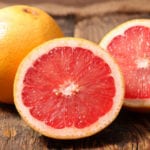 Technology
Technology  Technology
Technology  Humans
Humans 10 Everyday Human Behaviors That Are Actually Survival Instincts
 Animals
Animals 10 Animals That Humiliated and Harmed Historical Leaders
 History
History 10 Most Influential Protests in Modern History
 Creepy
Creepy 10 More Representations of Death from Myth, Legend, and Folktale
 Technology
Technology 10 Scientific Breakthroughs of 2025 That’ll Change Everything
 Our World
Our World 10 Ways Icelandic Culture Makes Other Countries Look Boring
 Misconceptions
Misconceptions 10 Common Misconceptions About the Victorian Era
 Mysteries
Mysteries 10 Strange Unexplained Mysteries of 2025
 Miscellaneous
Miscellaneous 10 of History’s Most Bell-Ringing Finishing Moves
 Technology
Technology Top 10 Everyday Tech Buzzwords That Hide a Darker Past
 Humans
Humans 10 Everyday Human Behaviors That Are Actually Survival Instincts
 Animals
Animals 10 Animals That Humiliated and Harmed Historical Leaders
Who's Behind Listverse?

Jamie Frater
Head Editor
Jamie founded Listverse due to an insatiable desire to share fascinating, obscure, and bizarre facts. He has been a guest speaker on numerous national radio and television stations and is a five time published author.
More About Us History
History 10 Most Influential Protests in Modern History
 Creepy
Creepy 10 More Representations of Death from Myth, Legend, and Folktale
 Technology
Technology 10 Scientific Breakthroughs of 2025 That’ll Change Everything
 Our World
Our World 10 Ways Icelandic Culture Makes Other Countries Look Boring
 Misconceptions
Misconceptions 10 Common Misconceptions About the Victorian Era
 Mysteries
Mysteries 10 Strange Unexplained Mysteries of 2025
 Miscellaneous
Miscellaneous 10 of History’s Most Bell-Ringing Finishing Moves
Top 10 Fruits That Have Drastically Changed
Everything changes eventually and fruit is no exception to this rule. Here are 10 different fruits that have changed either in reputation or in their entirety.
10 Fruits, Nuts, And Vegetables You Did Not Know Were Man-Made
10 Banana
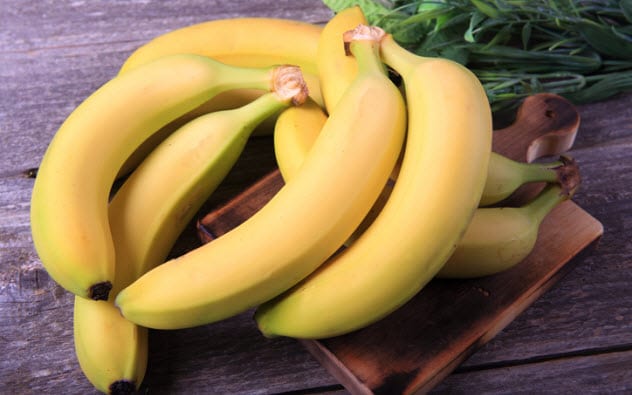
Many have wondered why banana flavoured candy does not taste at all similar to an actual standard banana: it is instead far more flavourful and sweeter. The taste difference is due to the fact that bananas in the early 20th century were rather different to the ones that we have today. The modern common banana that can be found in most stores today is a breed known as Cavendish, which rose to prominence after the Panama disease came and its fungus wiped out the then-popular Gros Michel banana. Many types of banana have become extinct in this way since the 19th century, with certain fungi complicating the lives of banana farmers, but no recent incident has had as much of an impact as wiping out the Gros Michel did. Despite the taste of common bananas having been different for over half a century now, the candies still have the exact same flavour, due to them being so popular.[1] The change in taste is nothing compared to what bananas once looked like, though, as they once contained large, hard seeds that would make eating on them far more difficult than it is today.[2]
9 Apricot
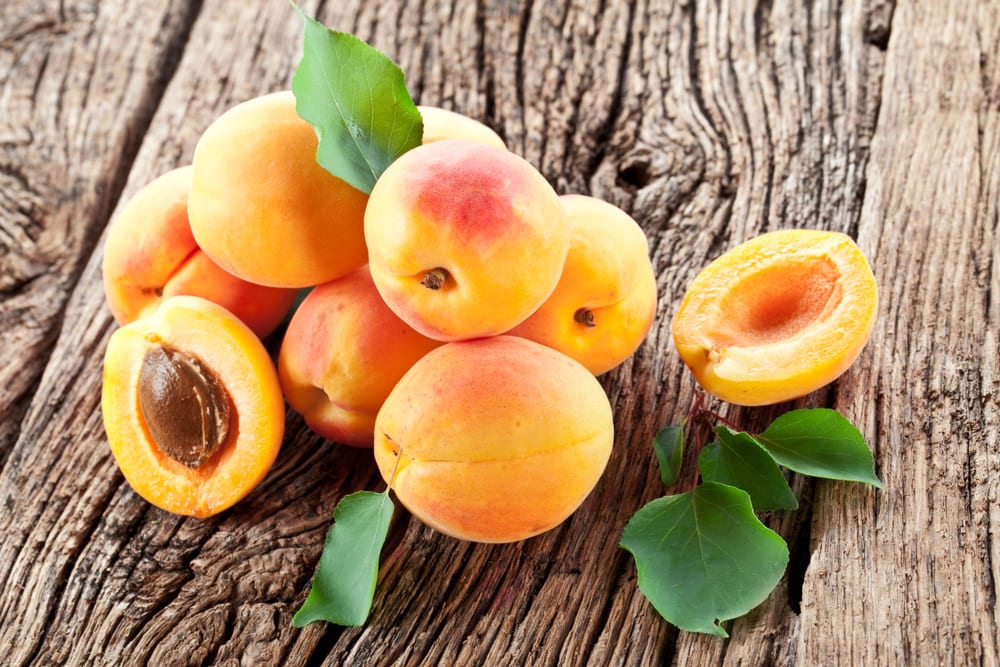
The apricot was once a staple of the food supplies given to troops in the Second World War, known for its ability to make the body feel fuller for longer. After a series of engine failures and technical issues on tanks that were transporting the fruit, the apricot gained an unfavourable reputation. Before long, the fruit was no longer allowed inside military vehicles, due only to the superstitions of the Marines who had witnessed such issues. The truth of the matter is: all rations were divided equally among each shipment, meaning that if a tank were to break down, one would most certainly find apricots present amongst the supplies. A staff sergeant when questioned about this superstition confirmed that it was still alive and well, even years after the Second World War. “I’ve heard from around the Corps that you should never bring any apricots in the vehicle with you” he stated, before joking “I don’t know where the hell you’d be getting apricots from in the middle of Afghanistan…”[3]
8 Durian
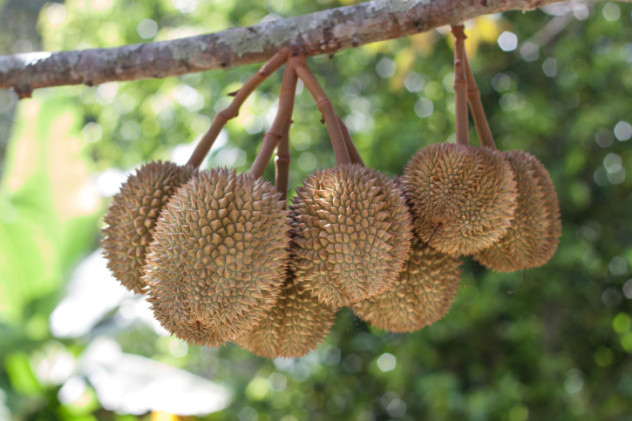
The durian fruit usually plays a part in many Southeast Asian dishes as well as medicines and sweets. However, it is best known for its terrible odour. In 2020, a post office in Schweinfurt, Germany, was evacuated and emergency services were called because a Durian fruit sent in the post had sent the staff and customers into panic. The fruit resulted in six of the workers being rushed to hospital, due to the suspicion that the pungent smell was a type of dangerous gas.[4] The fruit’s unbearable quality has led to the rules being changed in the Rapid Mass Transit in Singapore, with it being banned without exception on its underground. Durians now appear on signs forbidding smoking, food and flammable goods. Scientists charged with researching the fruit and its peculiar nature have discovered that it is the combination of many different chemicals that produce the scent, with four of those chemicals being previously unknown to science.[5]
7 Peach
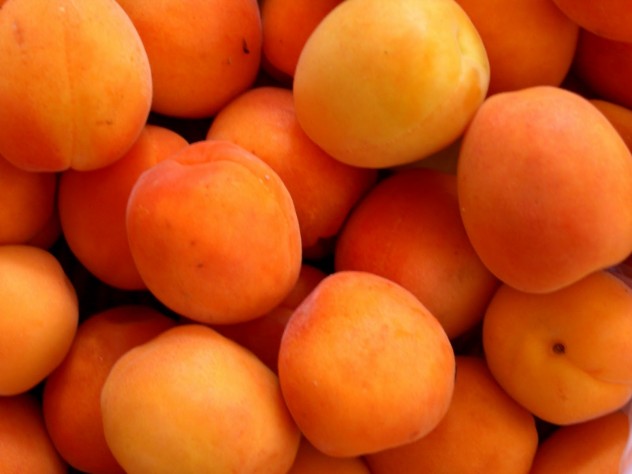
Selective breeding has changed the peach over the centuries to be many times larger than they were originally. Once multiple times smaller than the stone at the centre of a common peach, generations of farmers have manipulated the fruit and highlighted its more favourable qualities. It is said that the original peach, which is presumed to have been no larger than a cherry, was far more in line with the taste of a lentil than it was sweet.[6]
6 Tomato
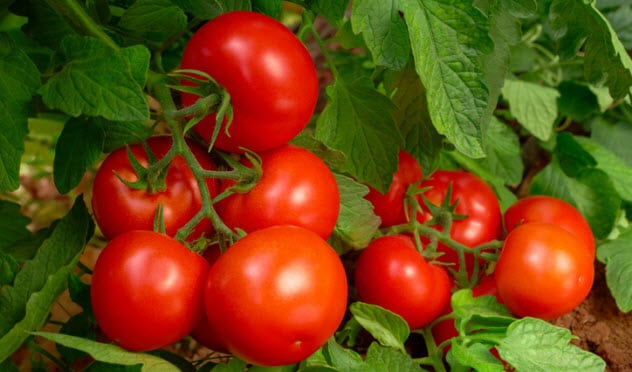
Perhaps the most obvious on this list, the tomato is the item that has changed most drastically in terms of reputation. For the longest time, it was commonly known to be a vegetable, before the fact that it was indeed a fruit rose to prominence. Nowadays, the saying “wisdom is knowing that a tomato is a fruit, whilst knowledge is knowing not to put it in a fruit salad” is said rather mockingly. In the 18th century, however, the tomato was a dreaded fruit, known as a “poison apple” due in part to its similar appearance to the common household apple, in both size and colour and the affect that it had on aristocrats. It was ultimately revealed that the reason why it had such an adverse effect on the upper class was because the acid in the tomato brought out the lead in fancy cutlery, causing the user to fall ill after consuming the fruit.[7]
10 Ridiculous Myths People Believe About Fast Food
5 Watermelon
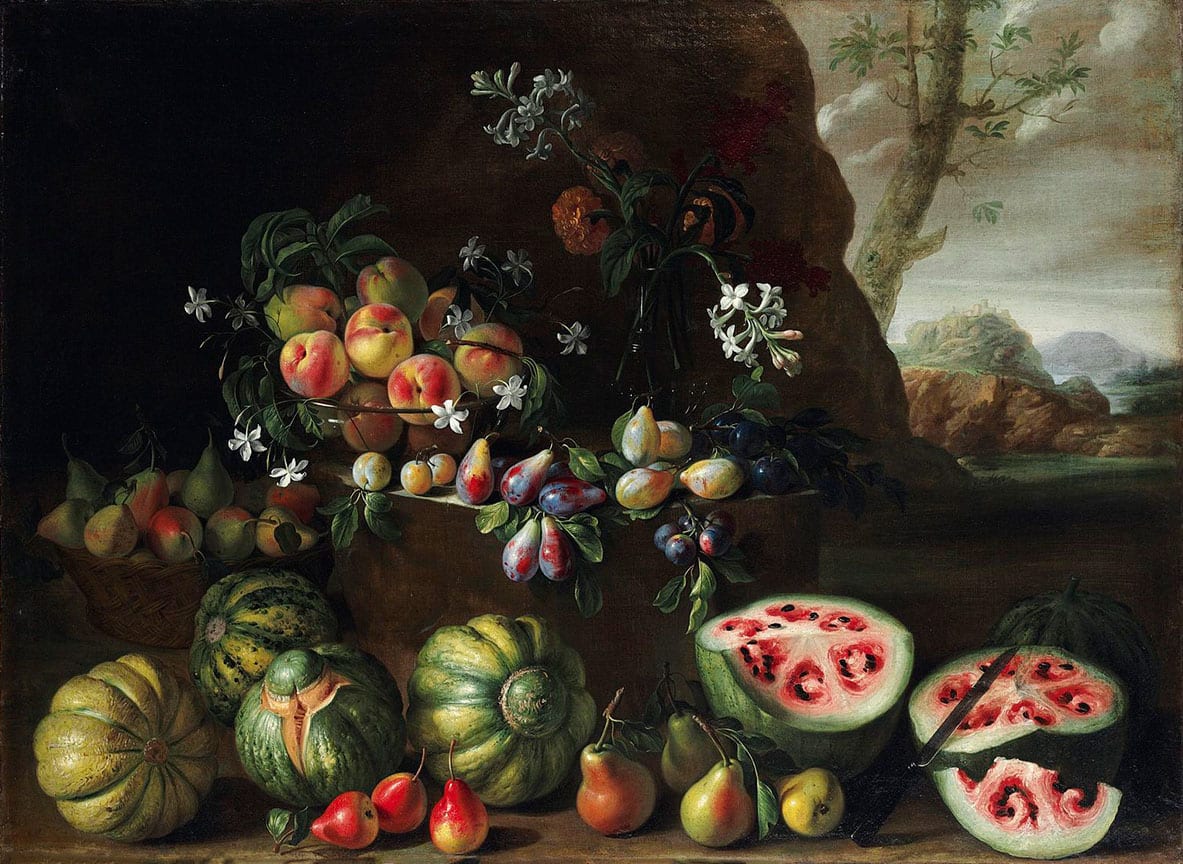
The watermelon has not always been smooth and red once opened up. How is this known? Well, the artist Giovanni Stanchi painted a variety of fruit, including that of a freshly cut watermelon. It only takes a glance at the painting to notice that the watermelon depicted looks vastly different to the more modern versions of the fruit; this is because since the 17th century, it has been domesticated and selectively bred to produce as much food as possible. Another vital change that has occurred is the change in colour from a dark shade to a brighter, more vibrant red. Through Stanchi’s painting, the fruit has been perfectly preserved for hundreds of years: if only in image.[8]
4 Apple
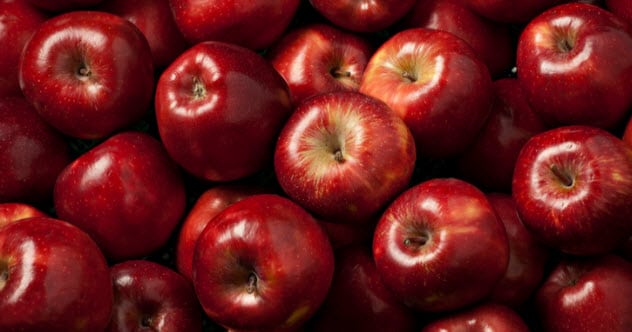
Whilst many of the fruits on this list differ greatly to the form that they once took, the common apple shares many traits with its predecessor. It is in taste that it differs so greatly, as the fruit that we regularly purchase from our supermarkets is far sweeter than what could be found prior to the domestication of the apple. Whilst few facts are known about the beginning of this fruit’s specific timeline, one detail that has survived is the fact that it once tasted far more sour than it does today. One very important factor it does share in common with its predecessor is the deadliness of its pips. Apple pips contain a chemical that converts to cyanide in the human body and so should be avoided in large quantities.[9]
3 Eggplant
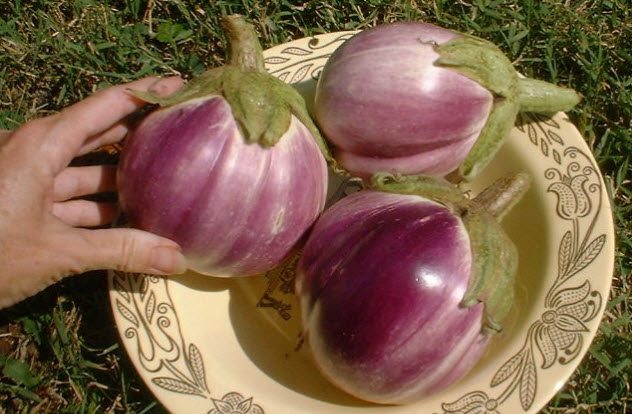
The eggplant has a rich and varied history, during which they have taken the form of many different colours and sizes. Whilst the modern eggplant is commonly known to be purple, previous incarnations of the fruit have been green, yellow and white. One key difference between the modern and the former eggplant is the fact that it used to contain a rather prominent spine that ran from the bottom of the fruit to the root. This aspect has been abandoned for similar reasons as to why the watermelon became fuller and larger: to allow for more food to be taken from each crop. They used to be far rounder, similar to the shape of a tomato, rather than being the large, long fruit that they are today.[10]
2 Blueberries
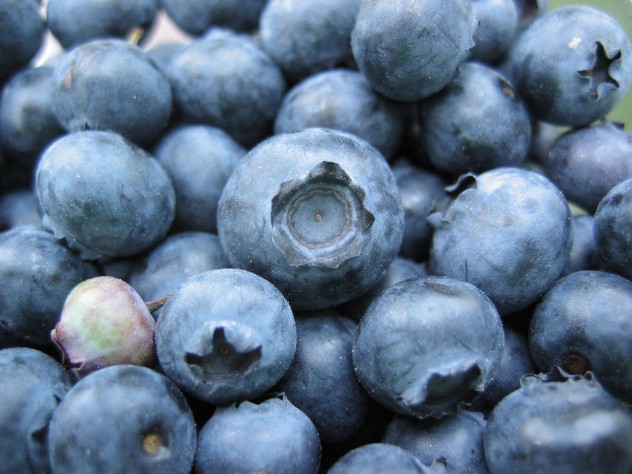
In the majority of berries grown in the US exist small transparent worms. These bugs began to appear in these fruits in 2008 and are known to scientists as ‘Drosophila suzukii’, an edible worm that are no harm at all. Over time, these worms grow into a particular type of fruit flies, unless eaten, of course. Once again, these animals are harmless! The worms are small and white, often described as essentially transparent and they only become fruit flies once the fruit has rotted, allowing the worms inside to drop below into the soil. They may be an issue to farmers, but to everyday fruit pickers the worms are not a problem. They can be consumed as any other fruit can be, without issue.[11]
1 Kiwi
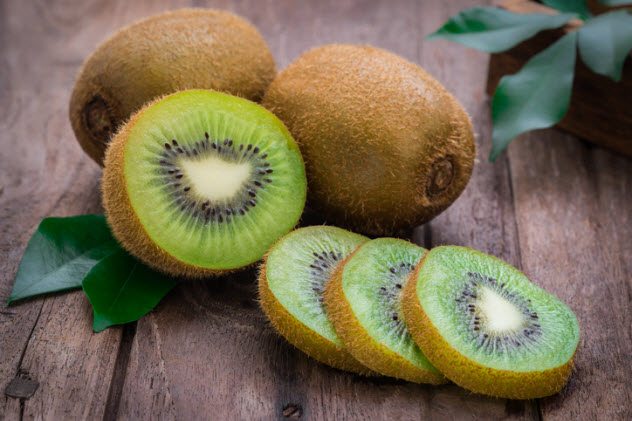
Many associate the kiwi with New Zealand, but in reality the fruit originated in China. It was simply a marketing trick that transferred the credit to the South Pacific nation, which went so far as to change the name of the fruit in question. Originally, the kiwi was known as ‘the Chinese gooseberry’, which when in its original Chinese meant the ‘macaque fruit.’ Macaques are a type of monkeys found throughout Asia specifically and it was their love for the kiwi that resulted in it being named after them. The adoption of the kiwi by New Zealand has been referred to as a “botanical hijack”, since it involved seeds being brought into the country from China, initially by Mary Isabel Fraser in 1904, who gave them to a New Zealand farmer who planted them and tended to the tree. It was not until 1910 that the first kiwis grew in the country and it was only fifty years after that that they were rebranded as ‘kiwifruit’, in 1959. The intention of this rebranding was to rid the fruit from the far less desired ‘gooseberries’ title. Needless to say, kiwis became popular and are still a staple of fruit bowls to this day. Fun fact: New Zealanders refer to themselves (and their national bird) as “kiwis” and to the fruit exclusively as “kiwifruit”.[12]
10 Foods That Have Been Genetically Modified Beyond Recognition
About The Author: Pop culture fan and writer from Liverpool, UK.

